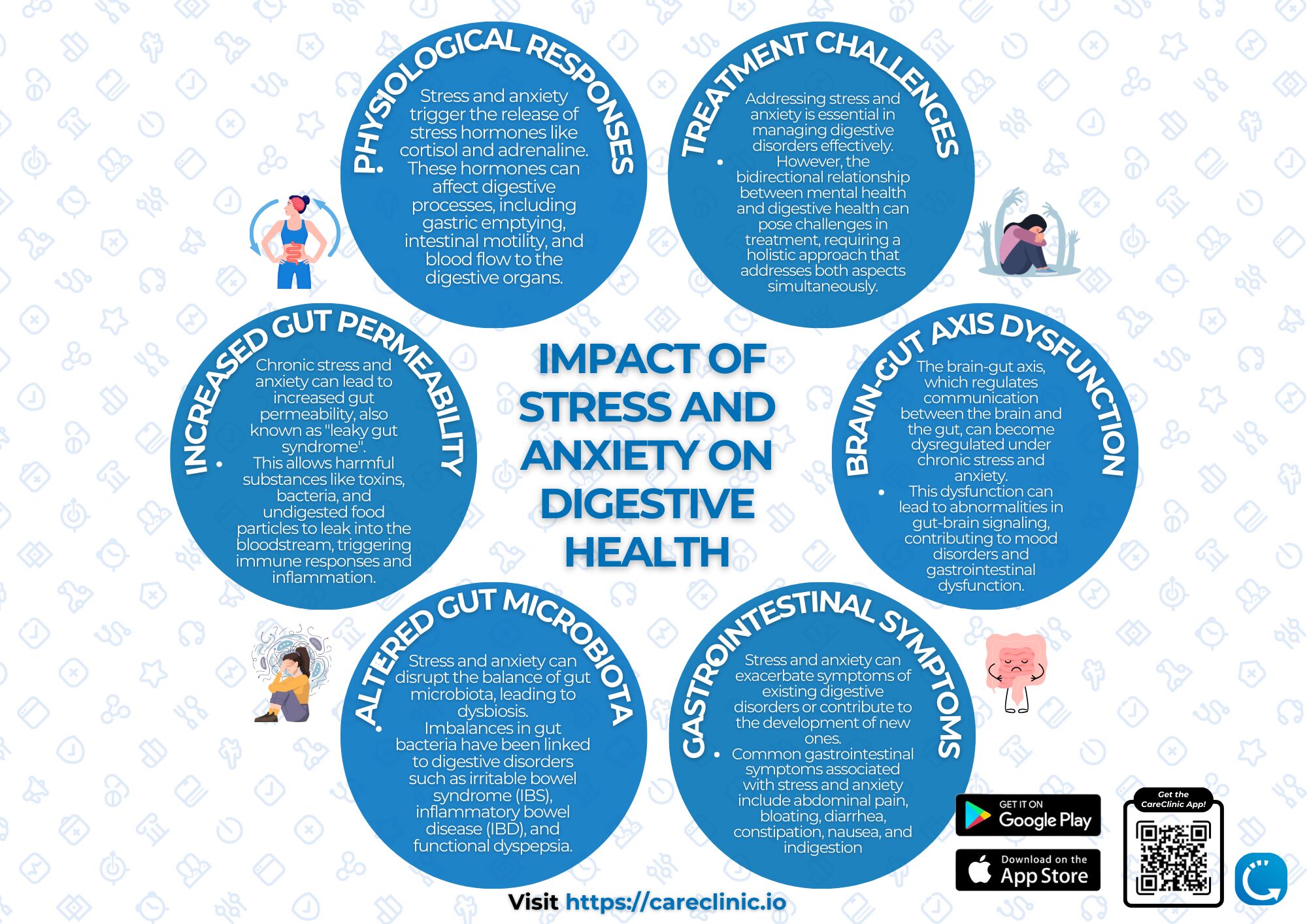Table of Contents
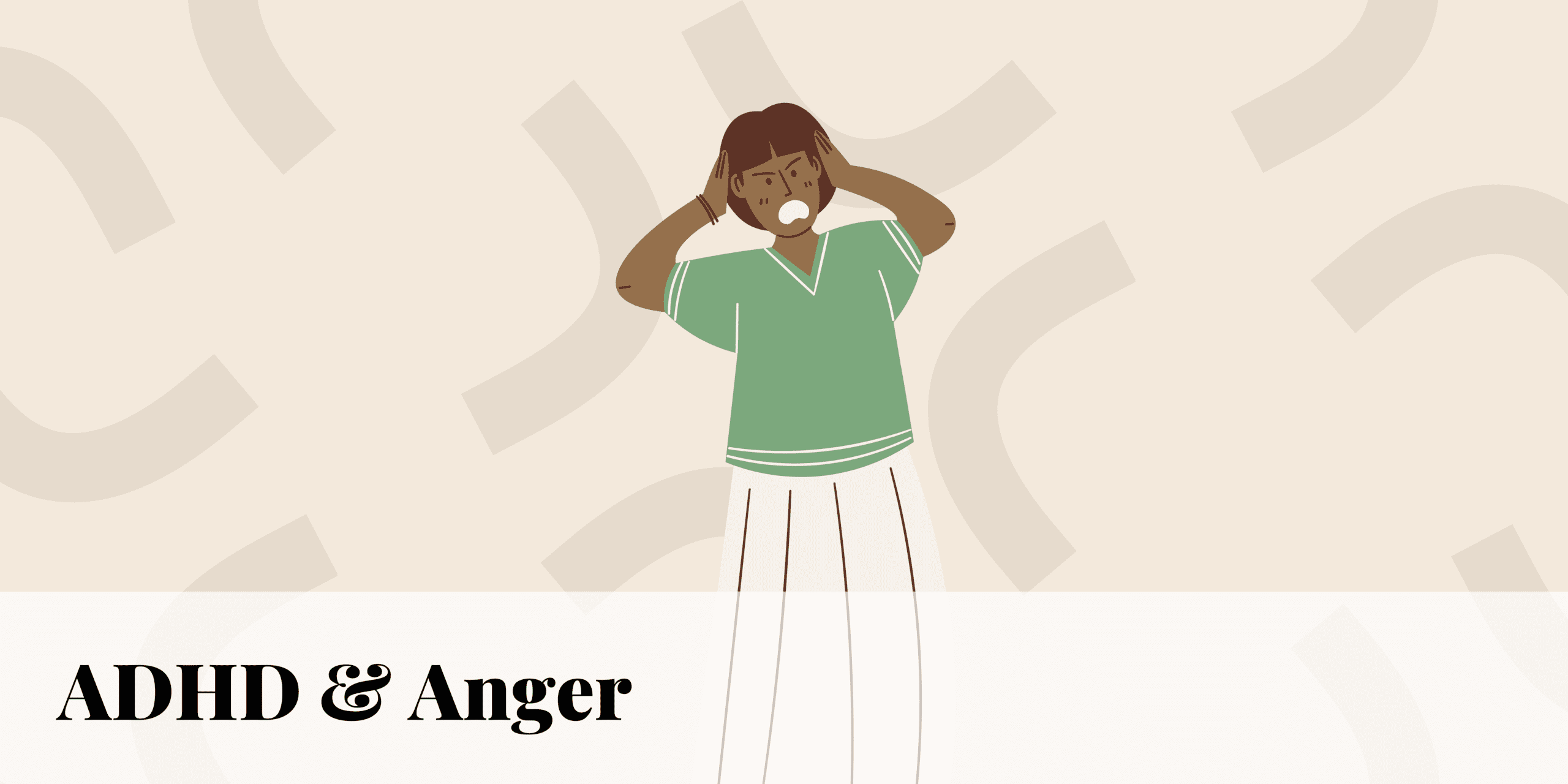
Attention-deficit hyperactivity disorder (ADHD) is more commonly considered a childhood disorder. However, ADHD can affect adults/teens/kids/children alike. Now it is estimated to persist into adult life in ten to sixty percent of cases and is present in about 4.5 percent of adults (5). The presentation may be slightly different; however, one thing is certain. There is an association explaining why people with ADHD feel anger (and are more likely than non-ADHD people to suffer from anger outbursts or ADHD rage attacks etc.) (6). That correlation will be further explored, so keep on reading x
ADHD and Anger: The Correlation
ADHD is thought to be mediated by decreased brain dopaminergic functioning (8). In theory, it is to explain the “emotional dysregulation” that is seen in ADHD. Therefore, this emotional dysregulation is why individuals with ADHD experience “disproportionate problems with anger, irritability, and managing other emotions” (3). Because the ADHD brain lacks a filter for irrelevant or extraneous information, it constantly feels overstimulated (1).
This filtering deficit contributes to emotional dysregulation, a core feature of ADHD that affects approximately 70% of adults with the condition. When the brain struggles to process and prioritize incoming stimuli, it creates a cascade effect where emotions become amplified and harder to control. Understanding these patterns of emotional dysregulation helps individuals develop targeted strategies for managing their responses to overwhelming situations, particularly during periods of stress or sensory overload. The overwhelming nature of ADHD symptoms often triggers anxiety responses that compound emotional dysregulation challenges. Managing ADHD symptoms effectively often requires careful attention to dietary factors that can either exacerbate or alleviate these challenges. Many individuals with ADHD find that certain beverages, particularly those containing caffeine and other stimulants, can significantly impact their emotional regulation and focus throughout the day. Understanding which energy sources work best for the ADHD brain becomes crucial, which is why accessing best energy drink for adhd information can help individuals make informed choices about their daily consumption habits and overall symptom management strategy. When individuals experience frequent anger outbursts or emotional volatility, monitoring these patterns becomes essential for identifying specific triggers and environmental factors. Implementing systematic anxiety tracking allows people with ADHD to recognize early warning signs of emotional overwhelm, creating opportunities for intervention before situations escalate into full rage episodes or emotional meltdowns.
Further Explaining the Correlation
About 70 percent of adults with ADHD report problems with emotional dysregulation, going up to 80 percent in children with ADHD (3). Surprisingly, that is quite a high number!
Quick Review of ADHD
Childhood/Teenager ADHD Symptoms
The symptoms of ADHD can be categorized into two types of behavioral problems:
- Inattentiveness (difficulty concentrating and focusing) (7)
- Hyperactivity and impulsiveness (7)
*These symptoms are often noticeable before the age of six!
More specifically, let’s break each component down further.
Inattentiveness
- having a short attention span and being easily distracted (7)
- making careless mistakes – for example, in schoolwork (7)
- appearing forgetful or losing things (7)
- being unable to stick to tasks that are tedious or time-consuming (7)
- appearing to be unable to listen to or carry out instructions (7)
- constantly changing activity or task (7)
- having difficulty organizing tasks (7)
Hyperactivity and Impulsiveness
- being unable to sit still, especially in calm or quiet surroundings (7)
- constantly fidgeting (7)
- being unable to concentrate on tasks (7)
- excessive physical movement (7)
- excessive talking (7)
- being unable to wait their turn (7)
- acting without thinking (7)
- interrupting conversations (7)
- little or no sense of danger (7)
Keeping track and staying ahead of these symptoms will be a breeze by using the symptom tracker on the CareClinic platform. Record and keep track of your progress all in the convenience of the palm of your hands.
Adult ADHD Symptoms
Adult symptoms of ADHD also tend to be far more subtle than childhood symptoms. For example:
- Difficulty getting started on tasks or continually starting new tasks before finishing old ones (5, 7)
- Variable attention to details (5)
- Difficulties with self-organization and with prioritization (5)
- Poor persistence in tasks that require sustained mental effort (5)
- Impulsivity and low frustration tolerance (to varying degrees) (5)
- Chaotic lifestyles (5)
- Associated psychiatric comorbidities (in some patients) (5)
- Disorganization (5)
- Substance abuse (in some patients) (5)
- carelessness and lack of attention to detail (7)
- Inability to focus or prioritize (7)
- Continually losing or misplacing things (7)
- Forgetfulness (7)
- Restlessness and edginess (7)
- Difficulty keeping quiet, and speaking out of turn (7)
- Inability to deal with stress (7)
- Extreme impatience (7)
- Taking risks in activities, often with little or no regard for personal safety or the safety of others – for example, driving dangerously (7)
ADHD Bursts of Energy at Night
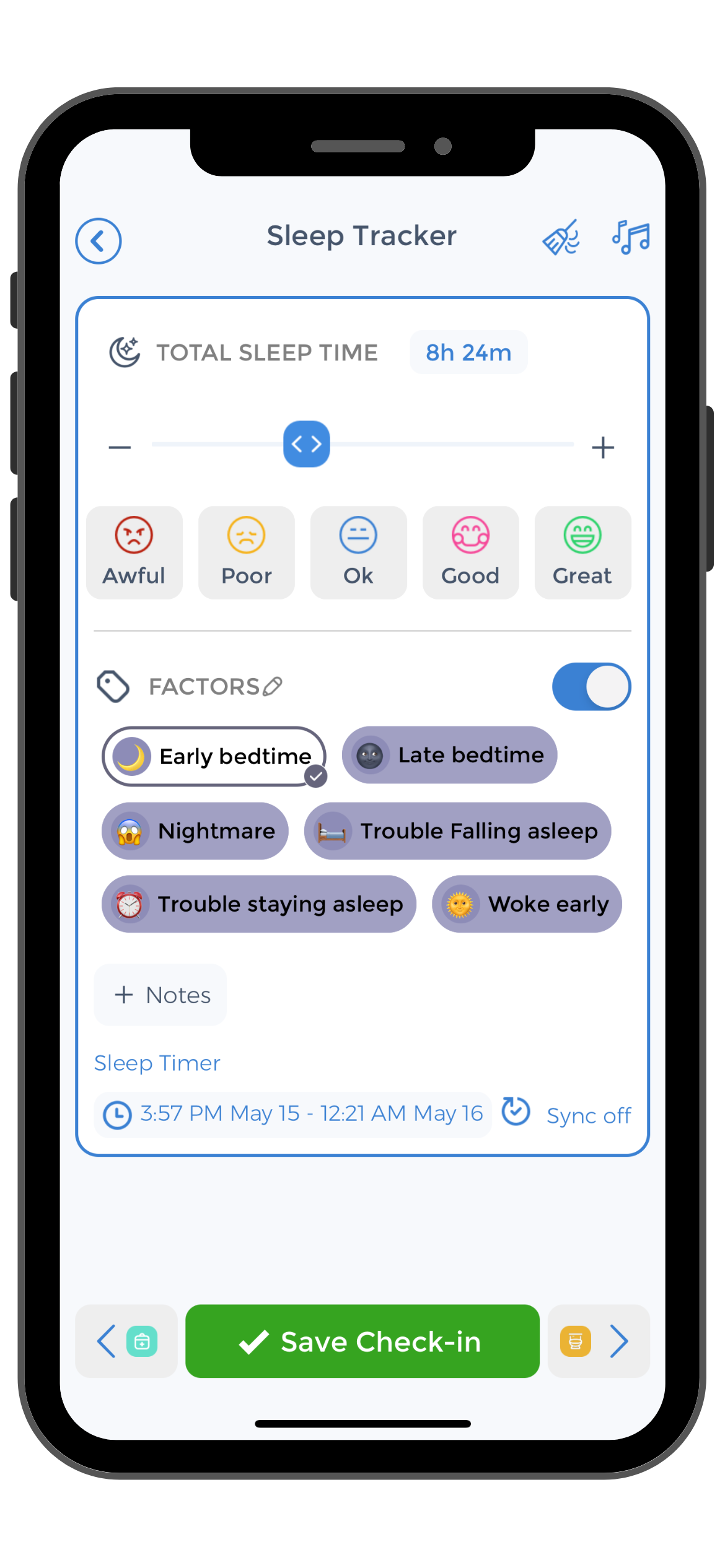 Many individuals with Attention-Deficit/Hyperactivity Disorder (ADHD) experience bursts of energy late in the evening, which can make it difficult for them to get a good night’s sleep. This is because the stimulants that are taken throughout the day to help manage their symptoms of ADHD, such as Ritalin or Adderall, can have a cumulative effect that leads to increased energy and hyperactivity later in the evening. Additionally, some individuals with ADHD naturally experience higher levels of energy in the late evening anyway.
Many individuals with Attention-Deficit/Hyperactivity Disorder (ADHD) experience bursts of energy late in the evening, which can make it difficult for them to get a good night’s sleep. This is because the stimulants that are taken throughout the day to help manage their symptoms of ADHD, such as Ritalin or Adderall, can have a cumulative effect that leads to increased energy and hyperactivity later in the evening. Additionally, some individuals with ADHD naturally experience higher levels of energy in the late evening anyway.
Those with ADHD need to create an environment that allows them to wind down at night and prepare for sleep. This could include limiting screen time, engaging in calming activities like journaling or stretching, or trying relaxation techniques such as deep breathing or progressive muscle relaxation. Having a regular sleep routine can also help to reduce evening energy levels and make it easier to fall asleep.
If possible, having a consistent bedtime can be very beneficial for those with ADHD who experience bursts of energy at night.
Two Types of ADHD Anger
Interestingly, researchers are continually trying to figure out “ADHD brains” in order to understand and consequently treat them better. One recent study found kids with ADHD that struggled with anger fell into one of two categories of “anger”. While this study has not been done with adults, the principles can potentially apply to grown-up ADHD brains as well (1).
Type 1: Irritable
“People with ADHD who fall into this category feel a high degree of anger. They feel it often and hard. They have a hard time getting over their anger, and they often perseverate on the things that made them angry. On the whole, they tend to feel more “negative” emotions (like anger, irritation, frustration, sadness, and hopelessness) than positive emotions (happiness, excitement, joy, etc.). They tend to get stuck in negative loops of irritation, anger, and frustration.” (1)
Type 2: Exuberant
“There are also people with ADHD who feel a much broader range of emotions, but they feel them all exceptionally intensely. Their brains show high levels of dysregulation and are very excitable. They are often sensation-seeking- searching for new adventures- and experience joy and happiness just as intensely as they experience anger. Exuberant ADHDers have sudden flashes of anger, but they let it go as quickly as they start it.” (1)
ADHD and Perseveration
Perseveration is the repetition of an action or behavior, without any variation. It can occur in people with Attention Deficit Hyperactivity Disorder (ADHD) and often reflects a lack of control over thoughts, emotions, and behaviors. People with ADHD may have difficulty redirecting or controlling their thoughts or actions, leading to perseveration on certain topics or activities. This can create challenges with daily tasks in both the home and work environment.
ADHD Anger from overstimulation
Oftentimes, it can be challenging for those with ADHD to control their emotions and reactions to external stimuli. This is because people with ADHD are more sensitive to their environment than the average person. They may be more easily overwhelmed by sensory input or simply have difficulty with self-regulation when in a stimulating situation. This can lead to feelings of frustration, anger, and even aggressive behavior.
When someone with ADHD becomes overstimulated, it can lead to a state known as “hyperarousal”. During this state, the person may become overly alert and sensitive to even minor changes in their environment. This can lead to an increase in anxiety, irritability, and difficulty focusing on tasks or conversations.
ADHD Anger Triggers
ADHD and Anger in Teens & Children
ADHD and Anger Management For Adults
ADHD Medications
Adderall side effects
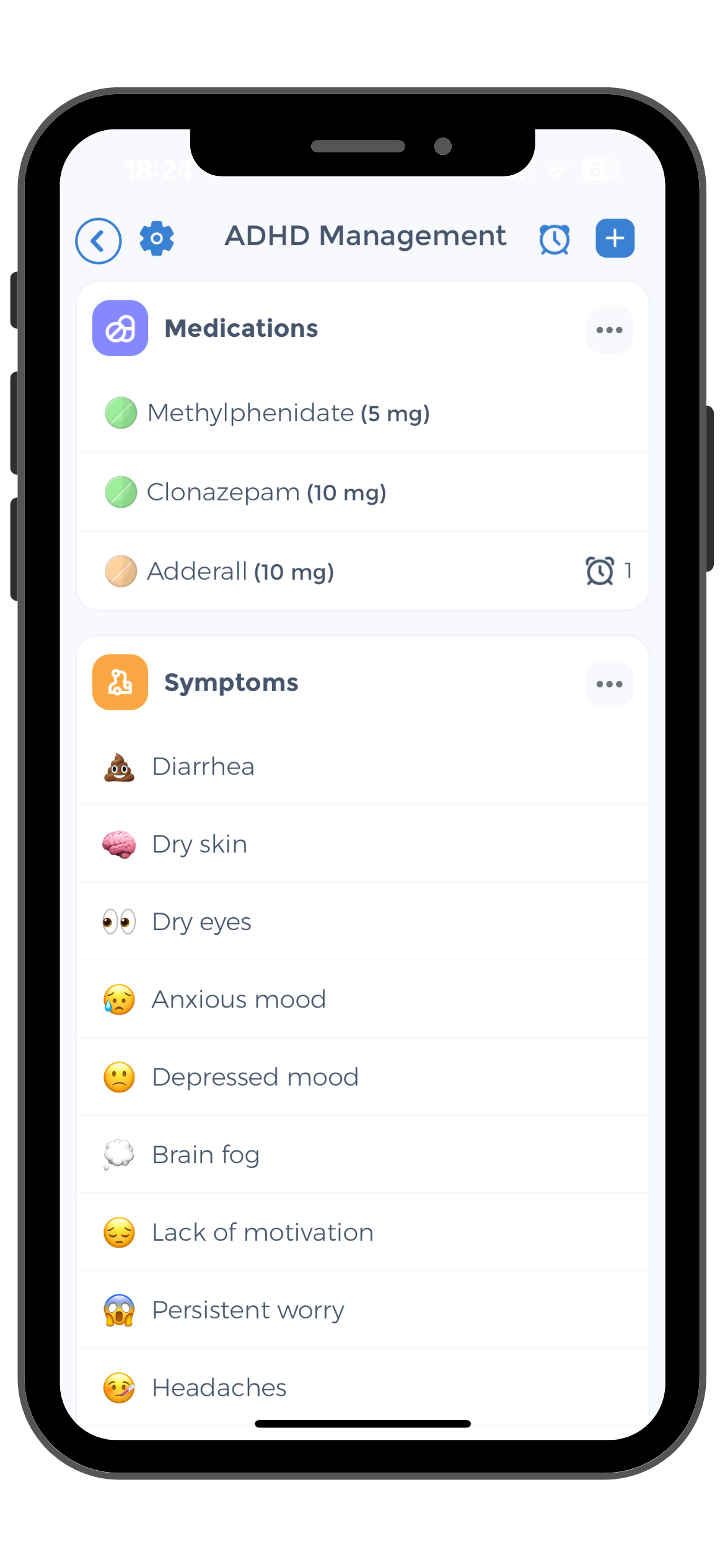 Can include nervousness, irritability, restlessness, dizziness, headaches, stomach aches or pains, loss of appetite, dry mouth, difficulty sleeping or staying asleep, increased sweating, and a rapid heart rate. Other potential side effects may include changes in sex drive or ability, blurred vision, and nausea. It is important to note that Adderall can be habit-forming and should not be taken without the advice of a doctor. If you experience any of these side effects, it is important to consult your doctor right away as they can indicate an underlying medical condition or reaction to the medication. Long-term use of Adderall can have serious consequences such as chest pain, high blood pressure, stroke, and addiction.
Can include nervousness, irritability, restlessness, dizziness, headaches, stomach aches or pains, loss of appetite, dry mouth, difficulty sleeping or staying asleep, increased sweating, and a rapid heart rate. Other potential side effects may include changes in sex drive or ability, blurred vision, and nausea. It is important to note that Adderall can be habit-forming and should not be taken without the advice of a doctor. If you experience any of these side effects, it is important to consult your doctor right away as they can indicate an underlying medical condition or reaction to the medication. Long-term use of Adderall can have serious consequences such as chest pain, high blood pressure, stroke, and addiction.
Behavioral Interventions
In reality, medication alone does not fix everyone’s problems. The problem must be targeted using a multifaceted approach. Psychoeducation, counseling, supportive problem-directed therapy, behavioral intervention, coaching, cognitive remediation, and couples and family therapy are all useful adjuncts to medication management (8).
More Natural Remedies for ADHD and Anger
- Exercise (1)
- Sleep (1)
Do these surprise you?
-
Exercise: To elaborate further, exercise should be an option if applicable. Remember, one of the reasons the ADHD brain struggles with anger is its struggles with “emotional regulation”. Therefore, exercise will help balance these regulation issues by providing certain “happy hormones” in the brain: dopamine, serotonin, and norepinephrine (the big three). Consequently, providing the brain with a chance to modulate the anger that comes its way by (physically) working up a sweat (1).
-
Sleep: Imagine getting only three hours of sleep last night. How terrible you feel. The brain is no different. When a person does not get enough sleep, the brain can be overloaded by a “stress hormone” called cortisol. Cortisol “primes the brain to interpret everything around us as a threat, not allowing us to think through situations with our full rational brain”. A full night’s sleep will allow the brain to turn off the cortisol and allows the processing of information to the best ability (1).
Both of these can be tracked in the CareClinic Platform by using the Activity and Sleep functions on the general check-in page. Track your progress today!
Extra Support
Having some extra support may be beneficial if it is thought to be needed. Having some social connections (for example, talking to others who may also be suffering from similar symptoms or people who support you regardless) is tremendously beneficial for people struggling with ADHD and anger (1).
How does alcohol affect ADHD?
Alcohol affects people with ADHD differently than it does those without the disorder. Generally, alcohol can have a calming effect on those with ADHD, which may be why some seek out drinking as a form of self-medication. However, in the long term, alcohol use can make symptoms of ADHD worse. It can increase impulsivity and interfere with the ability to focus, as well as cause problems with sleep and mood regulation. The reason for this is that alcohol is a depressant and it can interfere with neurotransmitter production, which are essential for people with ADHD. Additionally, alcohol consumption increases the risk of developing an addiction to other substances
Relationship between ADHD and Autism, Anxiety & PTSD
ADHD and Autism
Both ADHD and autism are neurodevelopment disorders that affect similar brain areas (and therefore functions). Indeed, they are distinct conditions but have similar symptoms (which become difficult to differentiate the two). Due to the overlap, a distinguishing feature of Autism is communication and social relatedness. However, it is sometimes very challenging to make these distinctions accurately (even to experts) (4).
Despite all the challenges, documentation will be extremely helpful to the family and the experts, in helping the child, it is best to document (for BOTH autism and anxiety):
- For example, behavior (tantrums, noncompliance, shutting down, etc) (4)
- Social challenges (making friends, withdrawn, etc) (4)
- Learning challenges (weak class efforts, fears of failure, etc) (4)
If the child can communicate, try asking these questions:
- When does the challenging behavior occur most often? (4)
- How frequently does it happen? (4)
- Is it part of a routine? (4)
- How long does it last? (4)
- What are possible contributing factors (i.e., hunger, transition, exhaustion)? (4)
- What is the trigger that preceded the behavior? (4)
- What function is this behavior serving? (4)
Steps for Success in ADHD Management
It is best to take time to create a plan of action to help the child manage challenging behaviors, reactions, and emotions.
Step One — Identify the behavior problems and the situations that spark those behaviors (4)
Two — Ask questions and make observations to try to determine the underlying reasons for the behavior (4)
Three — Identify one desired behavior and discuss it with your child. It is easier for them to act appropriately when they know what action you find acceptable (4)
Four — If possible, make changes or adjustments to the underlying cause to see if the undesired behavior continues; this is sometimes a matter of trial and error (4)
Importantly, choose a solution that makes sense and try it out. If it works, keep it in mind for future use. On the other hand, if it does not, repeat Step Two to find out why. Then choose a different management solution and try again (4).
Remember, kids, especially those with special needs, are inherently inconsistent, hard to understand, and unpredictable. They might react positively to something one day and have a meltdown over the exact same thing on another. A strategy that works one day might fail the next.
These challenging and often perplexing situations are all too familiar to parents of children with ADHD and autism. It’s crucial to remember that these moments are not only overwhelming for parents but also for the children involved. This unpredictability underscores the importance of considering a neurodivergent test.
Such an assessment can provide insights into a child’s unique needs, helping parents and caregivers tailor their support strategies more effectively (4). Amid these trials, it’s vital to foster healthy relationships with these children. Despite the challenges, do not give up on them!
Behavioral strategies to try
- For instance, to modify the child’s environment when possible (4)
- Teach the child how to manage their worry effectively by using apps that teach mindfulness and breathing techniques (4)
- Try to teach the child the difference between a “Thinking Brain” and a “Feeling Brain” (4)
- Teach them ways to see the situation from different perspectives (4)
- Educate the child to pay attention to clues that something bad is about to happen and give them the language to talk about it (4)
Strategies for Social Issues
- Set your expectations based on where your child is right now. Each child develops at their own pace. Instead of worrying because the child has not reached certain milestones in social development, accept where your child is, and set goals accordingly (4)
- If the child is comfortable playing with one friend, schedule one-on-one playdates instead of larger get-togethers or big birthday parties (4)
- Seek out opportunities for your child to connect with others over shared interests (4)
- Seek out structured environments with adults who can help keep things moving in a positive direction(4)
- Kids with ADHD, Autism, and anxiety tend to do better when they know what to expect — when they can see a clear beginning, middle, and end to an activity. Sometimes taking breaks or setting a time limit can make play a successful experience (4)
- Set clear rules, expectations, and consequences (4)
Strategies for Learning Problems
- Work with the child’s school to come up with ideas for helping the child succeed in school (4)
- Write down areas where the child has difficulty during the school day. Come up with potential solutions and work with the teacher on those easily implemented, with little disruption to the classroom (4)
- Build solutions around the child’s strengths rather than focusing on weaknesses (4)
- Suggest strategies such as extra time for tests, taking tests in an area with fewer distractions, weekly emails to parents with progress reports, or advance notice of due dates for tests and reports (4)
- Find opportunities for the child to show off their skills, build confidence, and take a leadership role among peers. Look for ways to build them up and increase self-esteem (4)
ADHD and Anxiety
Anxiety is the brain’s essential “internal alarm system”. This reaction occurs when one feels vulnerable, in danger of embarrassment, or in trouble. Most children with ADHD and Autism experience anxiety especially when a rise in feelings of fear or panic when faced with an uncomfortable situation; others have a generalized anxiety disorder, which leads to chronic worrying (4).
The same steps apply to ADHD and anxiety as it was to autism. Please read the above again, if needed.
ADHD and PTSD
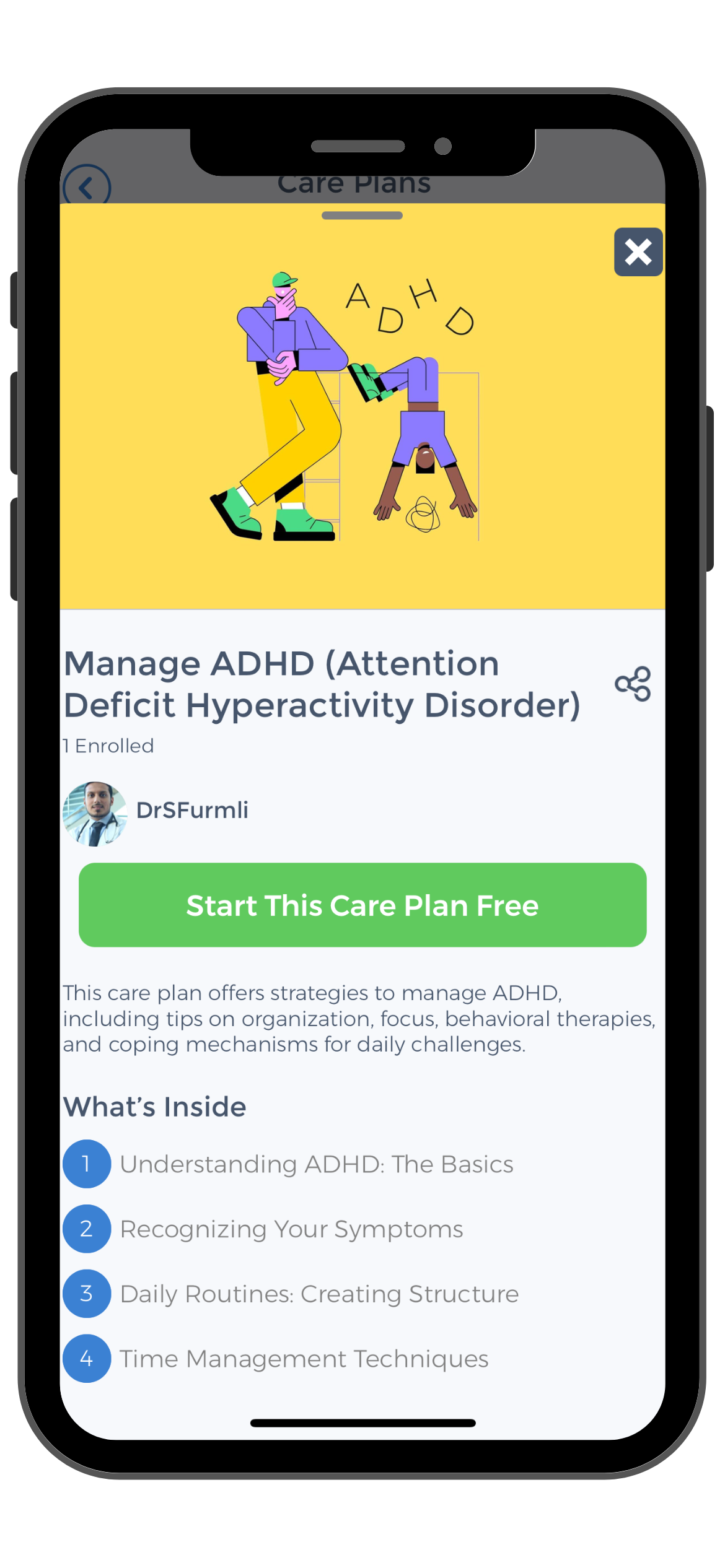 PTSD stands for Post-Traumatic Stress Disorder. ADHD cannot technically “cause” PTSD, however, childhood trauma may trigger ADHD. Due to their overlapping symptoms and tangled roots, distinguishing the two can be very difficult (2).
PTSD stands for Post-Traumatic Stress Disorder. ADHD cannot technically “cause” PTSD, however, childhood trauma may trigger ADHD. Due to their overlapping symptoms and tangled roots, distinguishing the two can be very difficult (2).
PTSD is a result of a” traumatic event or series of events in a child’s or adult’s environment that causes changes in the brain”. Consequently, these traumatic events lead to physiological, cognitive, and emotional changes in how a person processes stressful incidents.
It can make someone feel chronically unsafe, which, in turn, causes higher-than-normal amounts of cortisol. Then, this response will ignite the fight/flight part of the brain called the amygdala. Forcibly, the brain will become so consumed with safety that it cannot pay attention to daily life (2).
Similarly, the presentation of PTSD will appear similar to ADHD, and either is easily mistaken for the other. Both present symptoms of inattention, poor impulse control, lack of focus, sleeplessness, distractibility, impulsivity, irritability, poor memory and concentration, anxiety, sensitivity to sensory stimuli, mood disorder, low self-esteem, etc. They can also co-occur, worsening each other’s effects (2).
Monitor Your Treatment Progress with CareClinic
The free CareClinic App allows you to plan, track, record, and chart ADHD symptoms, measurements, medications, triggers, and more for your ADHD journey. You are not alone! Begin managing ADHD today to become the best version of yourself. Install the Free iOS or Android App using the banner below.
References:
- ADDept; Thriving with ADD. (n.d.). Why do I get so angry all the time? Retrieved from: https://www.addept.org/living-with-adult-add-adhd/adhd-and-anger-adults
- ADDitude (2021, April 23). The Relationship Between PTSD and ADHD: Symptoms, Diagnosis, Treatment. Retrieved from: https://www.additudemag.com/ptsd-symptoms-adhd-diagnosis-difficult/
- ADDitude (2022, March 28). The ADHD-Anger Connection: New Insights into Emotional Dysregulation and Treatment Considerations. Retrieved from: https://www.additudemag.com/anger-issues-adhd-emotional-dysregulation/
- ADDitude (2022, April 11). ADHD, Anxiety, and Autism: Your AAA Guidebook. Retrieved from: https://www.additudemag.com/slideshows/adhd-anxiety-and-autism-symptoms-and-treatment/
- Gentile, J. P., Atiq, R., & Gillig, P. M. (2006). Adult ADHD: Diagnosis, Differential Diagnosis, and Medication Management. Psychiatry (Edgmont (Pa. : Township)), 3(8), 25–30.
- Harty, S.C., Miller, C.J., Newcorn, J.H. et al. (2009). Adolescents with Childhood ADHD and Comorbid Disruptive Behavior Disorders: Aggression, Anger, and Hostility. Child Psychiatry Hum Dev 40, 85–97. https://doi.org/10.1007/s10578-008-0110-0
- NHS. (n.d.). Symptoms: ADHD. Retrieved from: https://www.nhs.uk/conditions/attention-deficit-hyperactivity-disorder-adhd/symptoms/
- Wender, P., Wolf, L., & Wasserstein, J. (2006). Adults with ADHD. The New York Academy of Sciences 931(1). https://doi.org/10.1111/j.1749-6632.2001.tb05770.x


